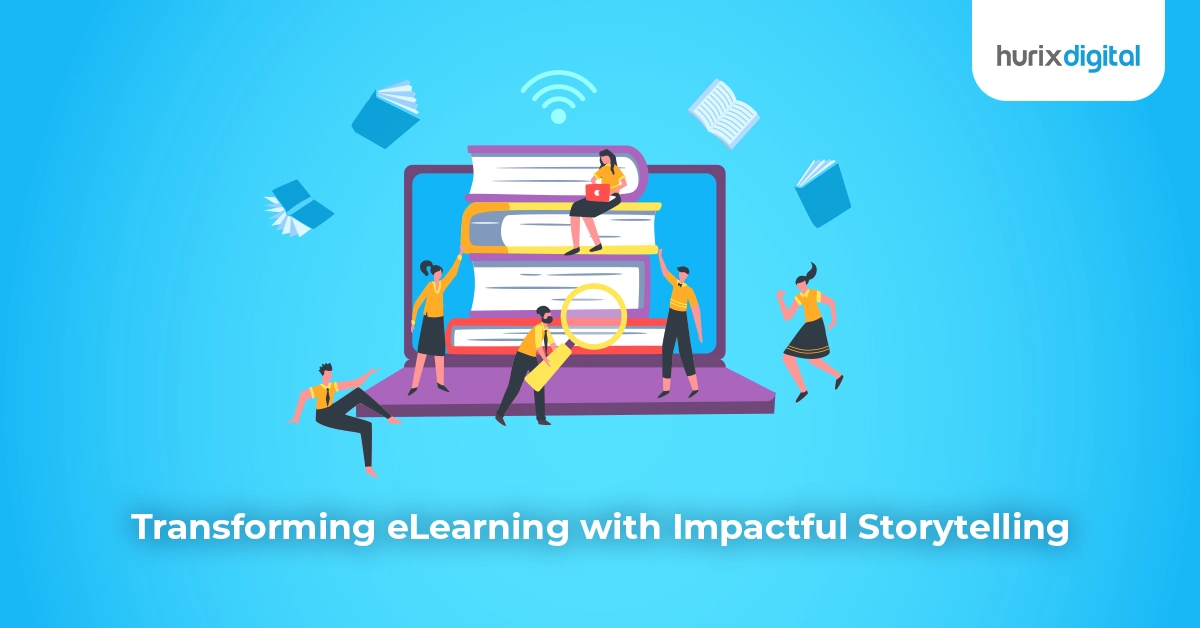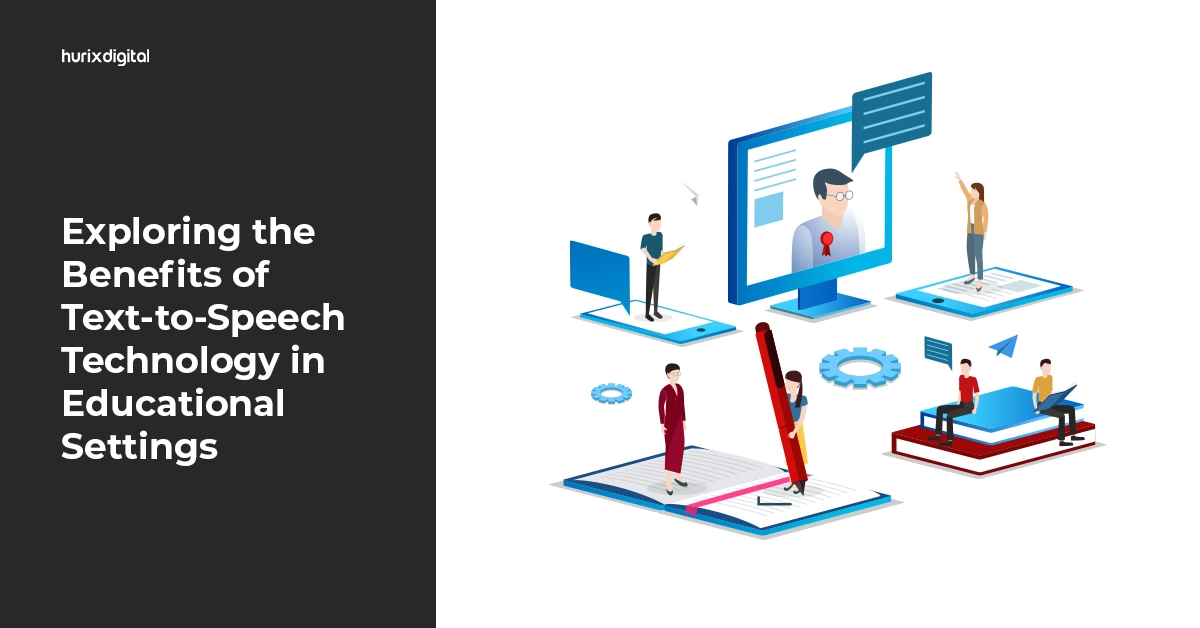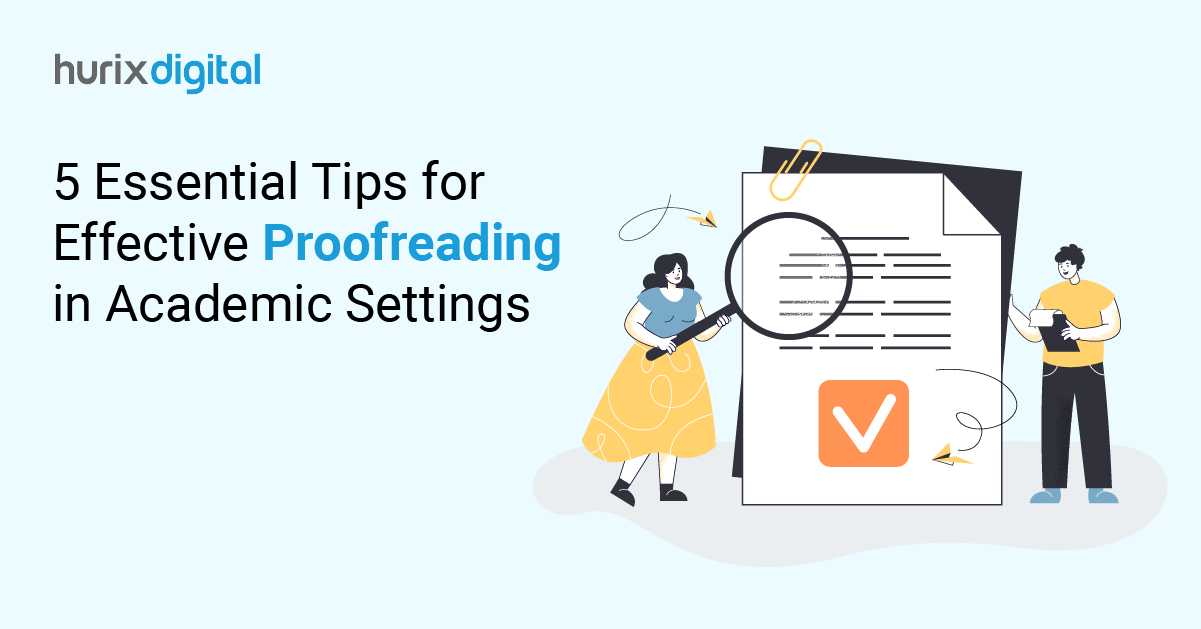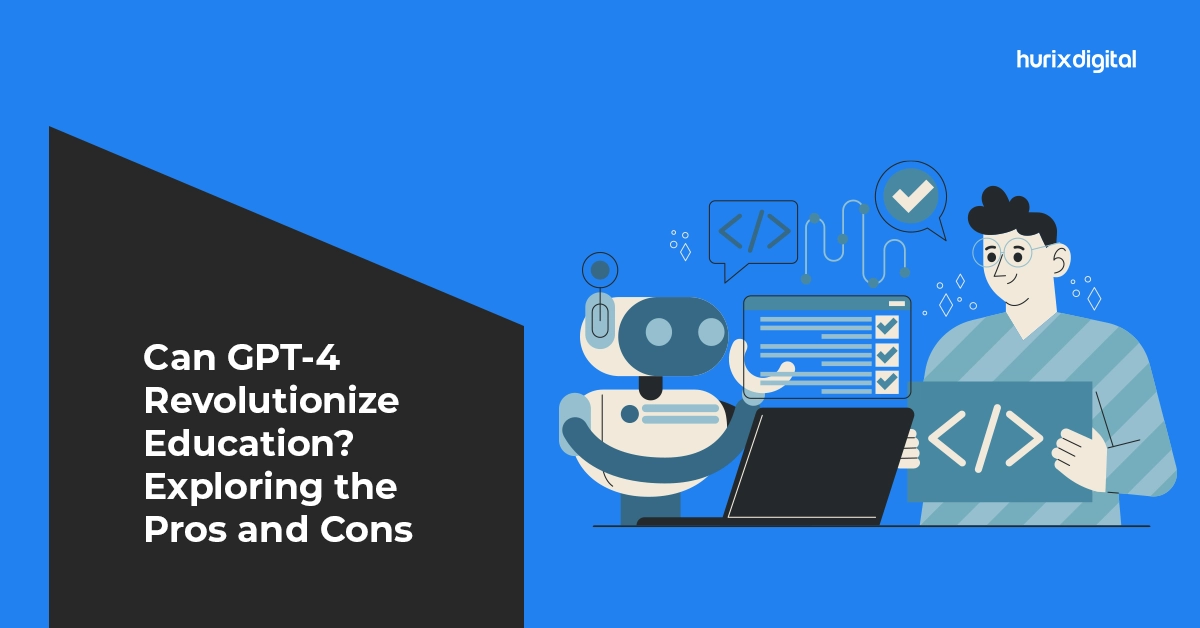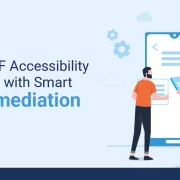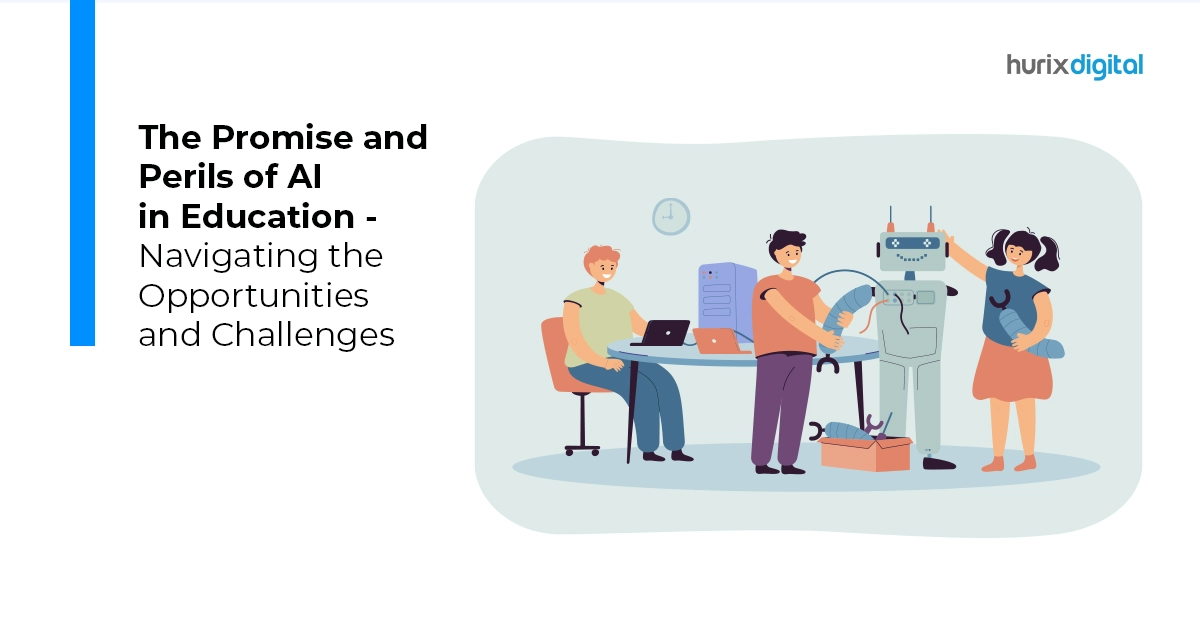
The Promise and Perils of AI in Education – Navigating the Opportunities and Challenges
Summary
This article examines the promise and perils of AI in education. It discusses the opportunities AI offers while also addressing challenges like data privacy and the risk of over-reliance on technology.
The recent advances in AI (Artificial Intelligence) promise significant opportunities for the education domain. However, the widespread embrace of AI can create potential challenges that must be strategically navigated to open the doors of efficiency and innovation in learning.
When it comes to the field of education, embracing AI’s potential involves navigating its opportunities and challenges strategically. This helps us not only in leveraging AI for improved learning outcomes but also in overcoming hurdles to its effective implementation and integration across educational settings.
Table of Contents:
The Opportunities of AI in Education
AI is evolving rapidly, presenting numerous opportunities for the education sector:
1. Creation of a Smart Virtual Campus
Students new to a higher education institution or who have arrived from an offshore location often find the initial experience overwhelming. They need to browse different information sources to get the correct answers to their queries.
Universities can leverage machine learning in education to solve this challenge. Chatbots built on an AI framework and posted on the university website can help students explore the facilities and options at their own pace in the desired language.
Any inquiry can be placed, and the chatbot delves into its knowledge base to provide a plausible response. If the answer is unavailable, the query can be forwarded to a university office bearer for the solution. Students can flag the responses to seek human intervention if any answer is unsatisfactory.
2. Facilitation of Personalized Learning
AI relies on a granular-level analysis of the learners’ performance to suggest customized knowledge assimilation techniques that cater to individual requirements. The personalized learning paths can potentially enhance study outcomes by plugging loopholes in the learner’s approach and aligning topics with his aptitude.
This was also revealed in the Bill & Melinda Gates Foundation study, which found that 93% of interviewed teachers believed in AI’s superpower.
3. Streamlining the Learning of Complex Topics
Learners often feel intimidated by complexities inherent in mathematics and other subjects. AI-enhanced curriculum design can address this with student-facing instructional tools that adapt content responsively for individual needs and learning preferences.
Real-world scenarios can be simulated to promote critical thinking and the spirit of inquiry. AI can offer recommendations to assist learners in generating ideas that make navigating complex topics easier.
AI-enabled learning tools promote advanced thinking, creative problem-solving, and reasoning capabilities in students. The intuitively generated questions can help learners work through increasingly tougher challenges. Teachers can gain frequent guidance and insights to improve their instructional methods.
4. Making Teaching More Scalable and Cost-Effective
AI renders pedagogic technology more innovative. This can make classroom observation, work analysis of students, coaching, and other resource-intensive aspects of teaching scalable and cost-efficient.
AI assistants can relieve teachers by sharing the burden of cognitively challenging jobs like lesson planning, grading, communication, etc. Teachers can better focus on higher-leverage things like adapting instructional tools to enhance the learning experience.
AI tools can facilitate quicker and more efficient measurement of changes in teachers’ mindsets, beliefs, and practices. Edtech companies can collaborate with teachers to enhance the appeal of existing curricula.
5. Providing Proactive Intervention
AI has taken Data Analytics in education to the next level. AI-powered algorithms can quickly analyze large amounts of student-oriented data to segregate patterns and decisively predict potential pitfalls and improvement opportunities. This early warning mechanism can be used individually to provide effective interventions that guarantee learners’ success.
6. Making Learning More Innovative
AI will usher in innovative learning tools and frameworks, such as smart learning content recommendation systems.
Gamification and AI can combine to make learning more fun, immersive, and value-added. AI-powered educational apps can help deliver efficient learning experiences uniquely customized to students’ needs.
In fact, Education Week has reported that 78% of educators opine that AI-driven digital tools can positively impact teaching.
Also Read: Generative AI in Education: Know Meaning, Benefits & Challenges
The Challenges of AI in Education
Indiscriminate use of AI in education can open Pandora’s box of challenges. They need to be addressed strategically to ensure that AI remains beneficial for learners and educators.
Here are the top challenges AI comes with:
1. Ensuring Equity and Inclusion
The rapid advancement of AI may subject third-world countries to technological discrimination as they are not economically strong enough to adopt and implement technological infrastructure at a mass scale. The children over there will fail to benefit from AI, which can create new social divides at the global level.
UNESCO says that almost 40% of the global population doesn’t have internet access. This can pose a challenge in eliminating disparities in AI-driven education.
2. Making Teachers Adapt to Radically New Technology
Teachers will be at the helm of disseminating knowledge through AI-driven technologies. They have to be rigorously trained to leverage AI technology and integrate it into classrooms efficiently. The challenge lies in bridging the knowledge gap and ensuring that educators are well-equipped to optimize digital tools’ usage.
3. Grappling with Algorithm Biases
The outcomes of AI can be biased if the systems are trained on biased data. MIT (Massachusetts Institute of Technology) has researched AI-driven facial recognition systems and found that they showcase biases based on race and gender. This is scary in the academic context, considering that diversity abounds in learning concepts. It will be a challenge to make algorithms fair.
4. Addressing Concerns about Student Privacy
AI systems generate a significant volume of data with sensitive, student-centric information. Safeguarding learners’ privacy while optimally using AI systems to make education more contemporary will be a challenge.
In a recent study, the Center for Democracy and Technology claims that only 25% of K-12 learning centers have formulated policies to safeguard student data for AI learning modes.
5. Undoing the Overreliance on Standardized Assessment
AI can promote holistic learning, but its scope can be potentially limited by excessive dependence on automated assessment. The focus should be on providing a well-rounded learning experience where measurable results need to be personalized for proper mentoring.
Also Read: AI-Powered Education: Revolutionizing K-12 Learning through Robotics and AI
Final Words
The advent of AI in education will bring with it new challenges and opportunities. The balancing act lies in seizing the avenues for improvement and addressing the roadblocks with effective solutions.
Educators have to be empowered with actionable insights into the functioning of AI tools so that they can leverage them strategically. Learning can become more interactive and adaptive to the unique requirements of students.
In this regard, Hurix Digital has the expertise and experience to leverage AI in education to offer platforms that can ensure a personalized learning journey by adjusting content delivery to the grasping power and pace of student learning.
Our ground-breaking solutions, like AI-infused gamification, can transform dull classroom learning into interactive spaces where student engagement and outcomes improve intuitively.
Connect with us to learn more!

Senior Vice President
A Business Development professional with >20 years of experience with strong capability to sell new solutions and develop new markets from scratch. New Market Entry Specialist with experience of working in two of the largest emerging markets – China & India. Also covered other key markets in APAC, US, EU & ME. Exceptional experience of conceptualizing, ideating and selling new learning technologies like VR AR, etc. across multiple industry verticals.
